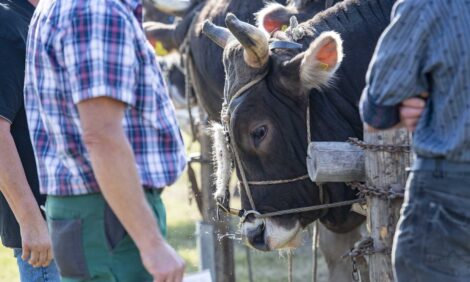



Wales' New Bovine TB Plan Targets High-Risk Areas
WALES, UK - A new approach to eradicating bovine TB was announced by the Welsh government yesterday, using tailored measures for Low, Intermediate and High TB areas.The Welsh Government is consulting on the measures to be applied to protect the Low TB Area and to reduce disease in the Intermediate and High TB Areas, with potential measures to include strengthening of cattle controls.
Under the plans for the programme, chronic breakdown herds would have individual action plans, developed in partnership with farmers, vets and the Animal and Plant Health Agency (APHA), aimed at clearing up the infection.
The Welsh government was previously vaccinating badgers against bovine TB, but global supplies of the vaccine fell too low and had to be prioritised for human vaccination. Announcing the measures, the Cabinet Secretary for Environment and Rural Affairs, Lesley Griffiths, said other options would be considered including targeted culling of infected badgers or using alternative vaccines.
Following the statement from Lesley Griffiths, NFU Cymru President, Stephen James said: “In setting out her plans for dealing with chronic herd breakdowns, there is a welcome recognition from the Cabinet Secretary of the link between cattle and wildlife in disease transmission, but we are concerned at the time it may take for this issue to be adequately addressed.”
“Clearly the proposals put forward by Welsh Government in today’s statement will ratchet up the control measures and restrictions on cattle keepers in many parts of Wales. What’s missing is the lack of specific detail provided by Welsh Government on when the disease problem in wildlife which exists in parts of the country will be adequately addressed,” he added.
The Farmers' Union of Wales (FUW) said the approach to badgers was a step in the right direction, but many farmers would be concerned about the splitting up of Wales into a number of TB zones.
According to the NFU, over the past 12 months nearly 9,500 cattle have been slaughtered as a result of this disease, a 38 per cent increase from last year.
TheCattleSite News Desk


